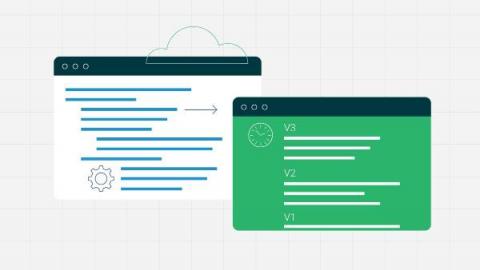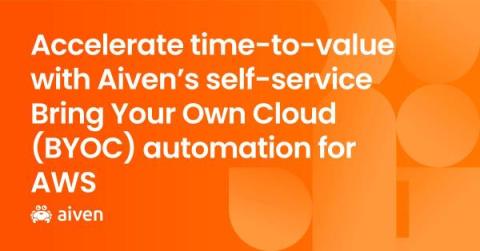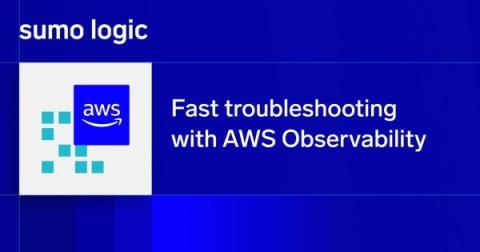How to Implement FinOps Successfully
This is the fifth and final part of this FinOps series, The Operate Phase. If you have missed any of my previous blogs, here is a list of posts in the series: Note: I am ex-AWS, so you will notice a lot more focus on AWS tools and services as examples here, however we are cloud agnostic and all cloud providers have similar services and tools.










